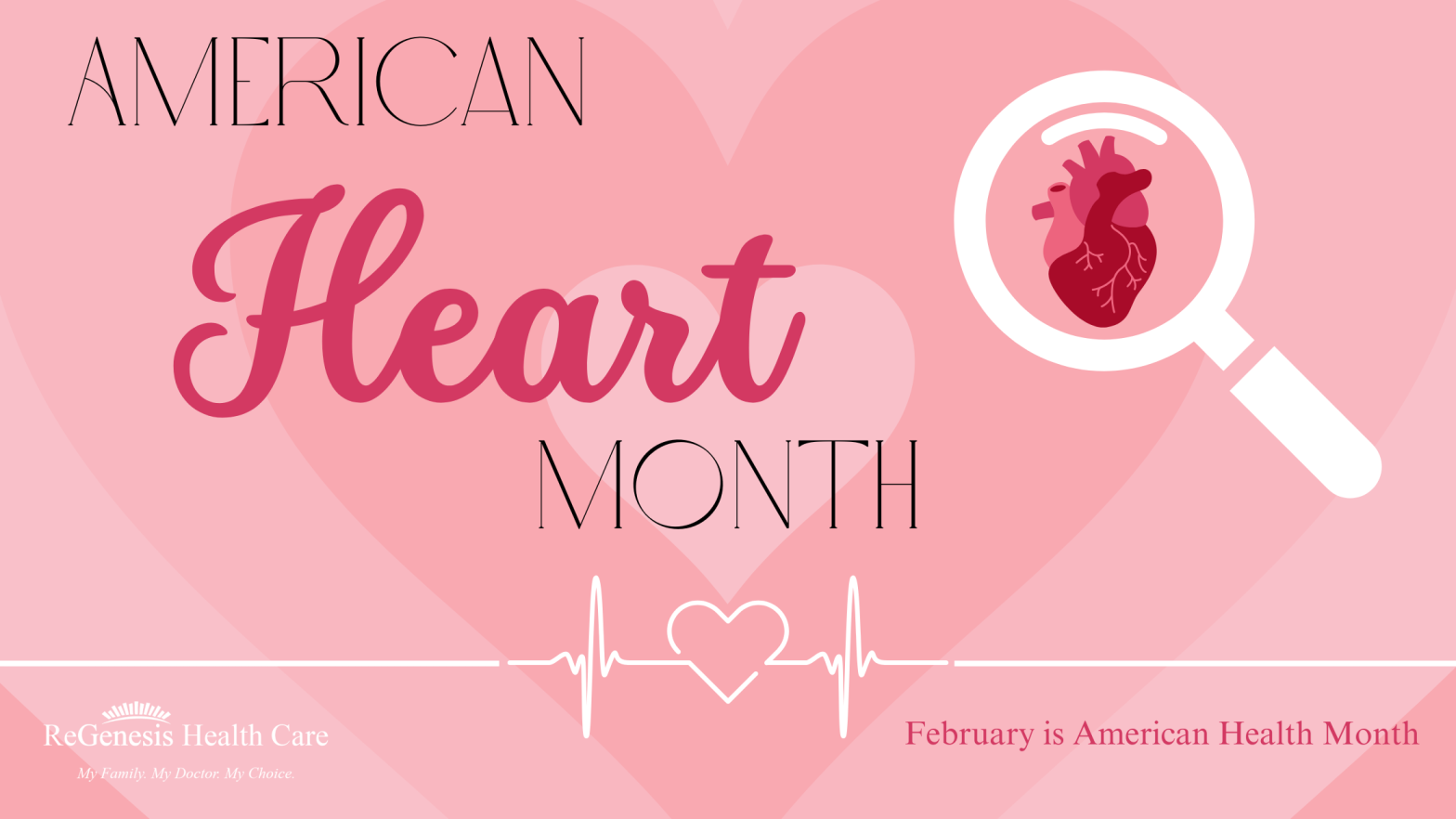About 1 in 4 deaths in the United States is caused by heart disease; that make heart disease the leading cause of death for both men and women. This February we aim to increase awareness surrounding heart disease and its risk factors by busting some popular myths.
Heart Disease: What is It?
Heart disease refers to a range of conditions that affect the heart and blood vessels, leading to impaired function and potentially serious health complications. Some examples of heart disease include:
- Coronary Artery Disease (CAD) occurs when the blood vessels that supply oxygen and nutrients to the heart muscle become narrowed or blocked due to a buildup of plaque. This can lead to chest pain and increase the risk of heart attack.
- A Heart Attack happens when a coronary artery is completely blocked, preventing blood and oxygen from reaching parts of the muscle. This can lead to the death of heart tissue.
- Heart Failure doesn’t always mean that the heart has stopped working, but rather that it is no longer able to pump blood efficiently to meet the body’s needs. This can be caused by long-term damage from conditions like high blood pressure or heart attacks.
- Arrhythmias (Irregular Heartbeats) are abnormal heart rhythms caused by problems with the electrical system that controls the heart’s beat. They can be too fast (tachycardia), too slow (bradycardia), or erratic.
- Valvular Heart Disease occurs when one or more of the heart’s valves are damaged, either due to congenital defects, infections, or aging.
- Congenital Heart Defects are present at birth and affect the structure or function of the heart. An example of this could be a hole in the heart or malformations in the heart valves or arteries.
- Pericardial Disease is inflammation of the pericardium, the membrane surrounding the heart. It can cause chest pain and fluid buildup around the heart, potentially affecting heart function.
Myth Busting
It’s time to bust some myths! There are a lot of misconceptions concerning heart disease that can prevent people from recognizing their risks and taking action to protect their health. Let’s separate myth from fact and explore the truth behind some of the most common heart disease myths.
Myth: Heart disease only affects older people.
Fact: Heart disease can affect any gender, of all ages. While the risk increases with age, factors like family history, lifestyle choices (like diet and exercise), and conditions like high blood pressure or diabetes can cause heart disease in younger people.
Myth: You only need to worry about heart disease if you’re overweight.
Fact: While being overweight is a factor for heart disease, other factors such as high blood pressure, high cholesterol, smoking, and even stress can increase your risk, regardless of your weight. People of all body sizes may still be at risk due to other lifestyle factors or genetic predisposition.
Myth: If you don’t have any chest pain, you’re not at risk of a heart attack.
Fact: Chest pain is a classic symptom of a heart attack, but many people (especially women) experience other symptoms, like shortness of breath, nausea, lightheadedness, fatigue, or pain in the jaw, back, or stomach. Heart attacks can occur without chest pain, so it’s important to recognize all the potential signs.
Myth: Heart disease is only a “man’s issue.”
Fact: Heart disease is the leading cause of death in both men and women. Women often experience heart disease differently than men, and their symptoms can be subtle or less recognizable. It’s crucial for women to also be proactive about their heart health.
Myth: You can’t reverse heart disease once it develops.
Fact: While advanced heart disease will probably require medical intervention, research shows that adopting a heart-healthy lifestyle changes—such as eating a balanced diet, exercising regularly, quitting smoking, and managing stress—can help slow or even reverse some aspects of heart disease, especially in its early stages.
Taking proactive steps toward heart health is within your reach! Whether that means regular exercise, managing stress, or making healthier food choices, small changes can add up to a big impact. Nourish your body and keep your heart in top shape!
If you need a Primary Care Provider, call (864) 582 – 2411 to schedule an appointment!



